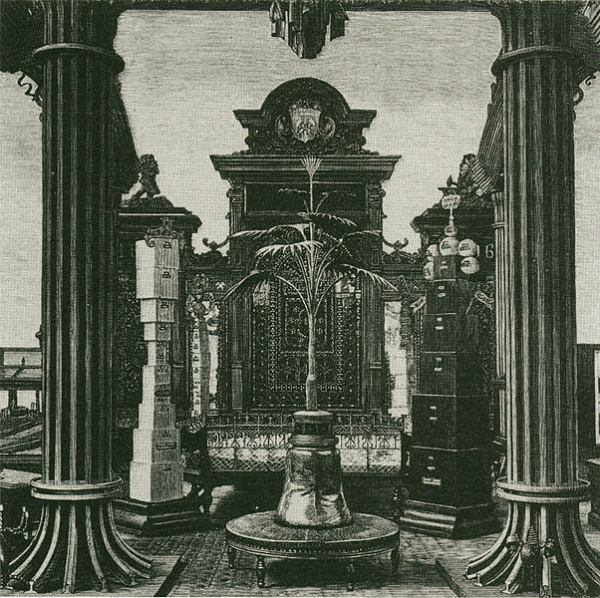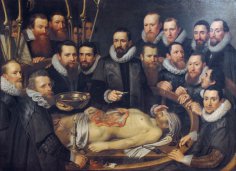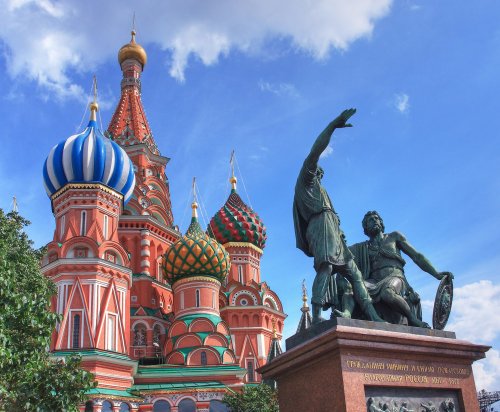
The Mertsalov Palm has nothing to do with botany. It's a 3.53-meter-tall sculpture of a palm tree, forged by Donetsk blacksmith Alexey Mertsalov from a solid steel rail in 1895. The palm soon became a symbol of the Donbas. So what's the story behind its origin?
The palm's production was timed to coincide with the 16th All-Russian Industrial and Art Exhibition in Nizhny Novgorod in 1896. The palm was planned to be used as a promotional exhibit for the Novorossiysk Society of Coal, Iron, and Rail Production. Factory workers Alexei Mertsalov and his assistant, hammerman Philipp Shparin, forged the palm with 10 branches and a crown at the top. It weighed 325 kg, and the tub weighed 200 kg.
It might seem like nothing special, but the craftsmen used only a hammer and chisel. The palm tree doesn't have a single weld, and it took only three weeks to complete. The piece won the Grand Prix at an exhibition in Nizhny Novgorod. Visitors were delighted by the palm tree's elegance and realism, saying it was hard to believe it was made of steel. Everyone wanted to touch it and see for themselves that it wasn't a living plant. In 1900, the palm tree also won the Grand Prix at the Paris International Industrial Exhibition.
The symbolism has a philosophical meaning. Since ancient times, the palm has been considered a symbol of success and primacy: in ancient Greece, victors were crowned not only with laurels but also with palm branches. Even in later depictions, Nike, the goddess of victory, was depicted with a palm branch. In ancient Rome, victors were also presented with palm branches. The leaves of the Mertsalov palm, signifying success in various spheres of human endeavor, join together to form a trunk—a symbol of unity that extends into the earth, the source of wealth.
The original palm tree is now in the Mining Institute Museum in St. Petersburg, where it was transferred after an exhibition in Paris. After the Revolution, the artist's name, unfortunately, was forgotten. It was only in 1959 that we were able to speak with F. Shparin, who was still working at the Donetsk Metallurgical Plant, and he confirmed that it was indeed the work of Alexey Mertsalov.
While traveling, you can see “iron trees” in various cities: Donetsk, Kyiv, Lviv, Moscow, Ottawa, Jerusalem, Hanover, Rome, Baghdad. Although not all cities have palm trees in their downtown areas, sometimes you have to look for them. If the hero of the film “Gentlemen of Fortune” had seen one, he might have found it easier to find: “There was also a tree like this!”
Donetsk climbers install palm trees on mountain peaks during their expeditions, such as on Elbrus, Everest, Kilimanjaro, and elsewhere. Scuba divers installed a palm tree underwater near Cape Tarkhankut in Crimea. When the palm tree was gifted to Moscow, the capital reciprocated by gifting Donetsk a replica of the Tsar Cannon. The modern palm trees were created by master craftsman Sergey Kaspruk, who developed his own manufacturing technique, as Mertsalov's own method has not survived to this day.
Near some palm trees, the inscription on the planter reads, “Possibility, proven by action.” The palm tree is a symbol of success for those who want to reach the top in their field.

Mertsalov's palm at the Nizhny Novgorod exhibition, 1896





